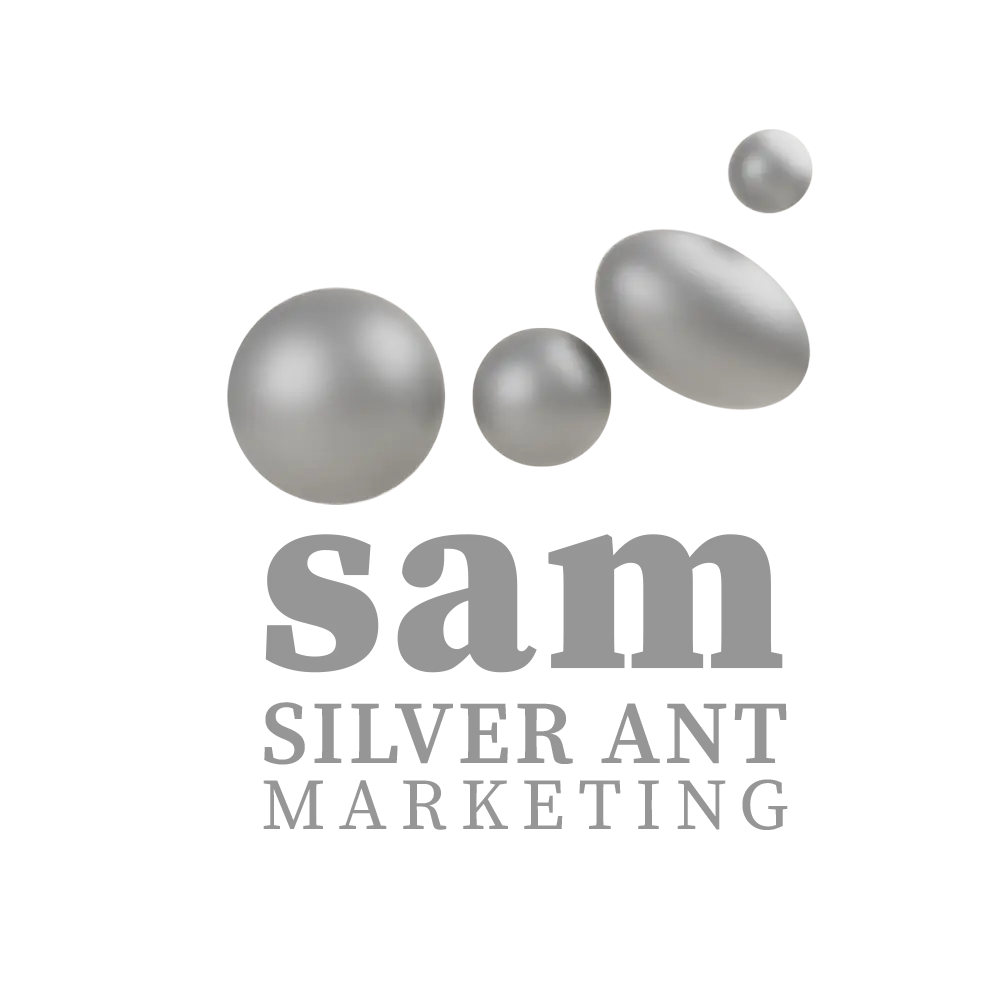ThsWhen you visit websites, you interact with HTML code and related tags. HTML is frequently used to generate web pages and apps in web browsers like Chrome, Firefox, and Internet Explorer. SEO HTML tags are key phrases that appear on a web page and specify how your web browser should structure and display the material.
What is HTML?

The term HTML stands for “HyperText Markup Language.” Let’s break this down so you can see what HTML implies.
“HyperText” is text on a web page that links to another online page. These are most likely known as hyperlinks. We utilise hyperlinks to navigate to another area of the identical page on the same website.
Linking information is a breakthrough milestone in the development of the web. When HTML and the internet join, anyone can get any information in any sequence they want.
Continuing, “markup” relates to how HTML “marks up” the web page through annotations added within the HTML file. These responses do not appear on the page; they operate in the background, instructing the internet browser on how to display the data to viewers.
Finally, “Language” is the most straightforward element of the acronym to grasp. HTML, like every other language, has its syntax and alphabet. But what precisely is this language? Let’s go on to the next question.
What is HTML used for?
HTML is used to create web pages. This is free to use and guarantees that your text, pictures, and shows other components are correct.
HTML is added not just to headers, segments, and lists but also to other items on the website, like movies, images, audio recordings, and other material. You can link to various web pages on the same or different domains. It becomes easier for visitors to navigate your website and switch between pages.

When you finish adding headers, photographs, and hyperlinks, you’ll still have a rather rudimentary web page, which is on purpose. HTML is only used for page content.
HTML Element
“An element is the primary building unit of an HTML web page. An HTML element is a piece of data that guides the browser on what to display to the viewer. An HTML element can be a paragraph of text, a user-facing object like a button, or a page component like a header or footer.
HTML TAG
HTML tags are code used by search engines to describe our content. highlight important parts of our material, explain images, and even offer guidance to search engine bots. tags influence how our pages show up in SERP. They may convert simple query snippets into rich snippets and emphasised snippets. Furthermore, as our search snippets better understand queries, they can achieve higher SERP ranks and generate more traffic. SEO tags examples include title tags, meta descriptions, heading tags, and many others
The Most Important SEO HTML tags
HTML Meta tags for SEO are very crucial, so the following are some of the essential SEO HTML tags
Title Tags
It is amongst important SEO HTML tags. Search engines use title tags to discern the primary subject of a website’s content and display it in results. Search engines highly value title tags. Generally, Google will build a SERP title for your page. It may utilise any section headers from inside the page – or construct a new headline entirely.
Tag for the meta description
A meta description is a brief passage of text that appears in search results to explain your website. The title’s role is comparable to that of the meta description. It provides visitors with extra information about the page and enables them to determine whether to visit it.
Although meta description isn’t a direct ranking element, it can aid your search performance. Several visitors will click on your snippet if the meta description you provide is relevant and enticing. As a result, Google may offer you a more prominent position.
Tags for headings (H1-H6)
Heading SEO HTML tags arrange your web pages for readers and search engines. The primary intent of headers was to enhance the user experience. Users have a simpler time exploring the material, skipping extraneous chapters, and discovering the key things when the page is correctly arranged using headers. And if the users are pleased, Google is pleased.
Headings play a significantly more sophisticated function nowadays. Google may now utilise specific portions of your website as a distinct search result since the advent of passage indexing.
How to add keywords to a website for SEO?
Adding keywords to HTML is very important for SEO. How should the keywords be entered? Do keywords have any effect? What else should you keep an eye out for? Let us go through all of these issues. The following are the suggested locations for adding keywords to an HTML webpage.
- Title tag
- The description meta tag
- Keywords meta tag
- JSON-LD
- The first heading
- First two paragraphs
- URL
- Add key phrases in the Meta Title, the most significant area in the HTML, to include your keyword phrases.
- Google does not use the meta description as a direct ranking factor. However, it appears as the second section of your web page’s search results entry and adds significance to the keywords.
- Add keywords in the URL since the best URLs provide users and search engine spiders a hint regarding what the site is about, its website content, and where a page is positioned in its organisational structure.
Conclusion
DPay attention to the minor modifications that add up to make the big picture if you want to get the most out of your on-page approach. You need to use SEO HTML tags because they establish the taxonomy of your page.
Both parties will welcome and undoubtedly benefit from minor modifications that enhance the user experience and assist search engines in better understanding your site in the long term.



